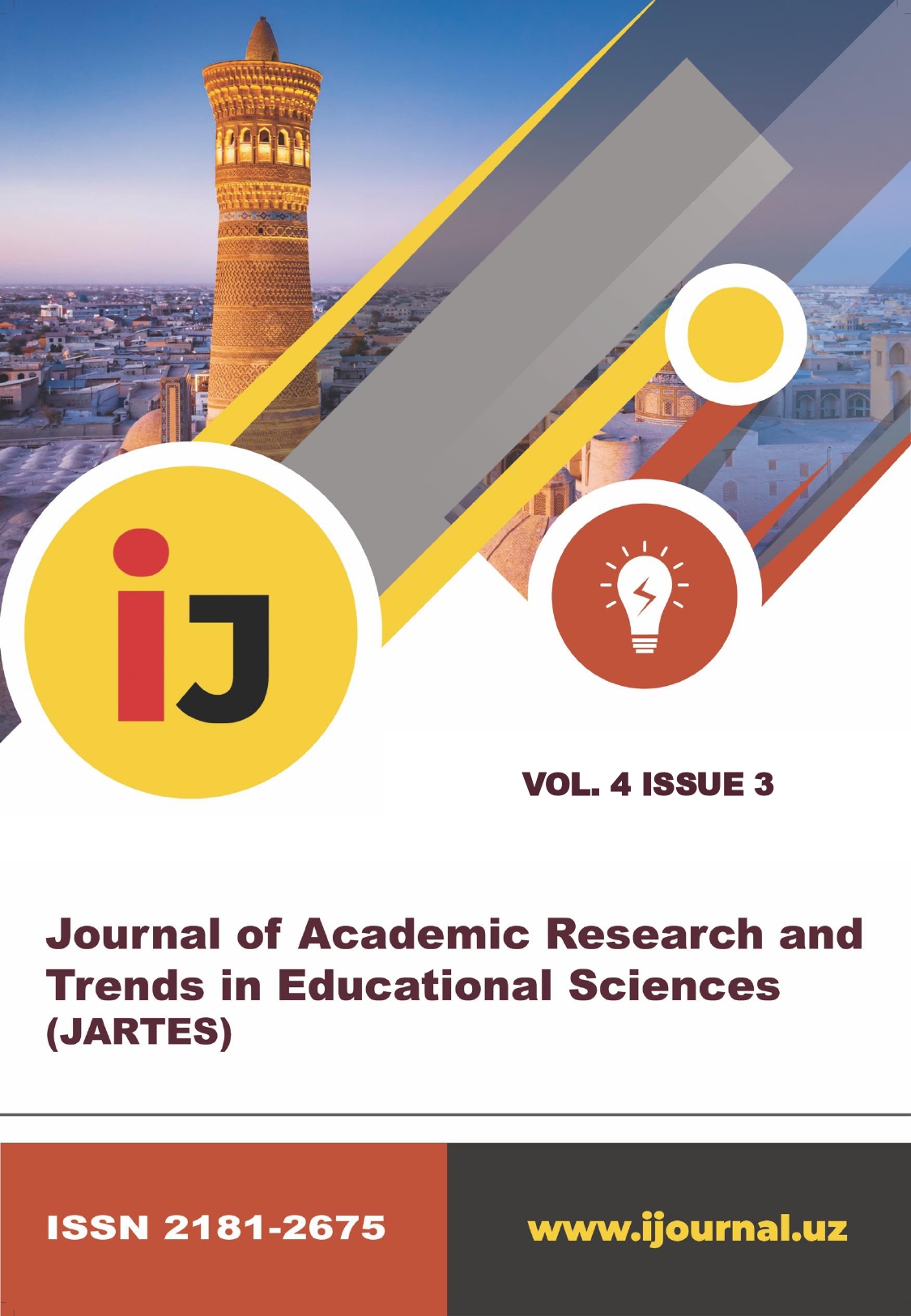E‑SERVICE DEVELOPMENT IN MANAGEMENT: THE CASE OF UZBEKISTAN’S PUBLIC SECTOR
Keywords:
E-government; e-services; public management; digital transformation; Uzbekistan; public sector innovation; information systems; service delivery; digital governance; administrative modernizationAbstract
This article examines the development of e-services within Uzbekistan’s public sector and evaluates their role in transforming public management practices. Over the past decade, Uzbekistan has intensified its digitalization agenda, introducing a wide range of online services aimed at improving administrative efficiency, transparency, and citizen satisfaction. Using policy analysis, institutional review, and sector-specific case studies, the paper highlights key achievements such as the expansion of integrated digital platforms, the adoption of data-driven decision-making tools, and the increasing interoperability of government information systems. The findings reveal that while significant progress has been made, challenges remain related to technical infrastructure, workforce digital skills, regulatory coherence, and user trust. The article concludes by proposing strategic directions for enhancing e-service maturity, strengthening governance mechanisms, and ensuring sustainable digital transformation in the public management system of Uzbekistan.
References
[1] United Nations. E-Government Survey 2022: The Future of Digital Government. UN DESA, 2022.
[2] Government of Uzbekistan. Strategy of Actions on Further Development of Uzbekistan for 2017–2021. Tashkent, 2017.
[3] Ministry of Digital Technologies of Uzbekistan. Digital Public Services Report. Tashkent, 2023.
[4] Cabinet of Ministers of Uzbekistan. Digital Uzbekistan 2030 Strategy. Tashkent, 2020.
[5] OECD. Digital Government Review of Uzbekistan. OECD Publishing, 2023.
[6] Heeks, R. Implementing and Managing E-Government: An International Text. Sage Publications, 2006.
[7] Fang, Z. “E-Government in Digital Era: Concept, Practice, and Development.” International Journal of Public Administration, 2002.
[8] Janssen, M., & Estevez, E. “Lean Government and Platform-Based Governance.” Government Information Quarterly, 2013.
[9] Shim, D., & Eom, T. “Anticorruption Effects of E-Government.” Public Administration Review, 2008.
[10] OECD. Digital Government Toolkit. OECD Publishing, 2021.
[11] United Nations. E-Government Survey 2022. UN DESA, 2022.
[12] Kim, S., & Lee, J. “E-Government Success in Korea.” Information Development, 2014.
[13] Ciborra, C. “The Digital Divide in Post-Soviet Public Administration.” Information Society Journal, 2011.
[14] World Bank. E-Government Reforms in Transition Economies. Washington DC, 2019.
[15] Hussain, F. “Digital Governance in Central Asia.” Digital Policy Journal, 2021.
[16] Al-Hujran, O., et al. “Factors Influencing Citizens’ Adoption of E-Government.” Information Systems Journal, 2015.
[17] Moyo, T. “E-Service Challenges in Developing Countries.” African Journal of Information Systems, 2018.
[18] Abdullaev, N. “Governance Reforms in Uzbekistan.” Central Asian Affairs, 2022.
[19] Karimov, F. “Digital Innovation in Uzbekistan’s Public Sector.” Journal of Eurasian Studies, 2021.
[20] Government of Uzbekistan. Digital Uzbekistan 2030. Tashkent, 2020.
[21] Azizov, S. “Public Administration Modernization in Uzbekistan.” Public Policy Review, 2023.
[22] OECD. Digital Government Review of Uzbekistan. OECD Publishing, 2023.
[23] Rakhimov, U. “Institutional Challenges to E-Government Development.” Uzbek Journal of Public Administration, 2022.
[24] Venkatesh, V., et al. “User Acceptance of Information Technology: Toward a Unified View.” MIS Quarterly, 2003.
[25] Carter, L., & Bélanger, F. “The Influence of Trust on Citizen Adoption of E-Government.” Information Systems Research, 2005.
[26] Dunleavy, P. et al. Digital Era Governance. Oxford University Press, 2006.
[27] Yin, R. Case Study Research: Design and Methods. Sage Publications, 2018.
[28] Layne, K., & Lee, J. “Developing Fully Functional E-Government: A Four Stage Model.” Government Information Quarterly, 2001.
[29] Bowen, G. “Document Analysis as a Qualitative Research Method.” Qualitative Research Journal, 2009.
[30] Scholl, H. “E-Government Measurement: Methodological Challenges.” Information Polity, 2015.
[31] UN DESA. E-Government Development Index Technical Note, 2022.
[32] Ministry of Digital Technologies of Uzbekistan. Annual Digital Services Report. Tashkent, 2024.
[33] Government of Uzbekistan. Digital Infrastructure Expansion Report. Tashkent, 2023.
[34] my.gov.uz Analytics Center. User Activity and Adoption Statistics, 2023.
[35] OECD. Digital Government Review of Uzbekistan. Paris, 2023.
[36] World Bank. Public Sector Digital Skills Assessment – Uzbekistan. Washington DC, 2024.
[37] Dunleavy, P., et al. Digital Era Governance. Oxford University Press, 2006.
[38] Hussain, F. “E-Government in Central Asia: Structural Constraints.” Digital Policy Journal, 2021.
[39] Moyo, T. “Digital Divide in Emerging Economies.” African Journal of Information Systems, 2018.
[40] Venkatesh, V., & Bala, H. “Technology Adoption: The Role of Human Capital in Digital Transformation.” MIS Quarterly, 2012.
Published
Issue
Section
License
Copyright (c) 2025 Begoyim Uralova

This work is licensed under a Creative Commons Attribution-NonCommercial-NoDerivatives 4.0 International License.
All Rights Reserved.





